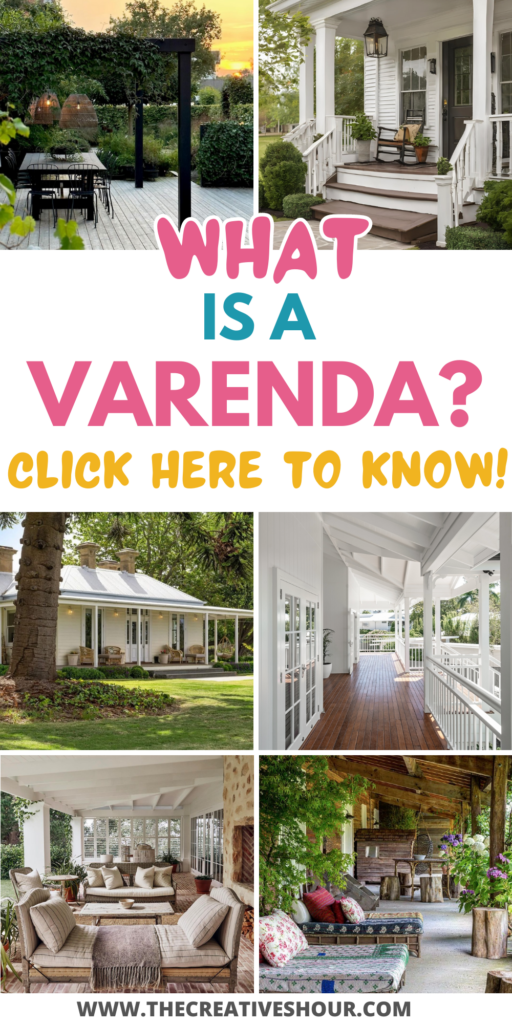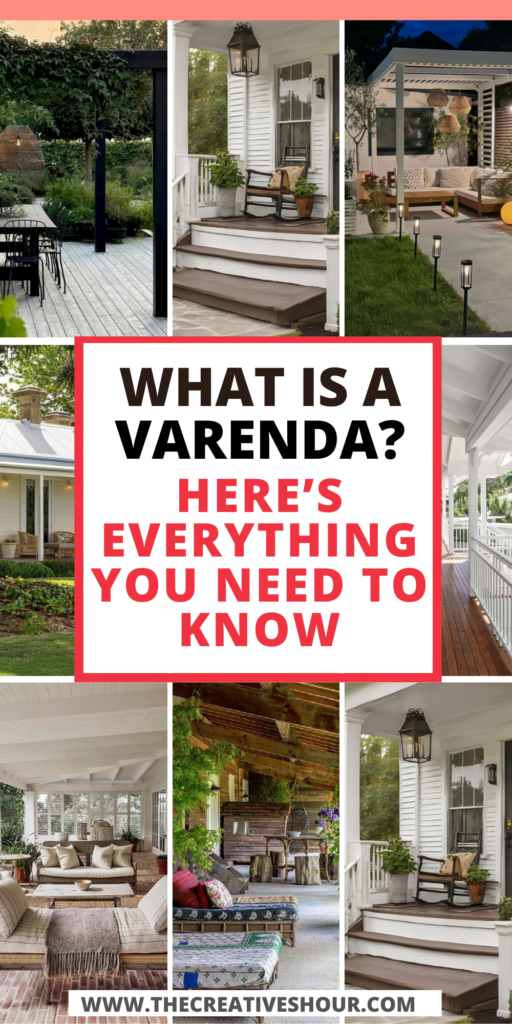
Imagine sipping your morning coffee while the soft breeze gently sways the leaves around you, or watching a sunset paint the sky in brilliant hues—all from the comfort of a covered outdoor space. That’s the magic of a veranda. It’s more than just an architectural feature; it’s a cozy extension of your home, offering a perfect blend of indoor comfort and outdoor serenity.
Whether you’re hosting a summer gathering or simply enjoying some quiet time, a veranda creates that seamless connection to nature while keeping you sheltered.
Let’s dive into what makes verandas such a dreamy addition to any home and how they can transform your living space into an open-air oasis.
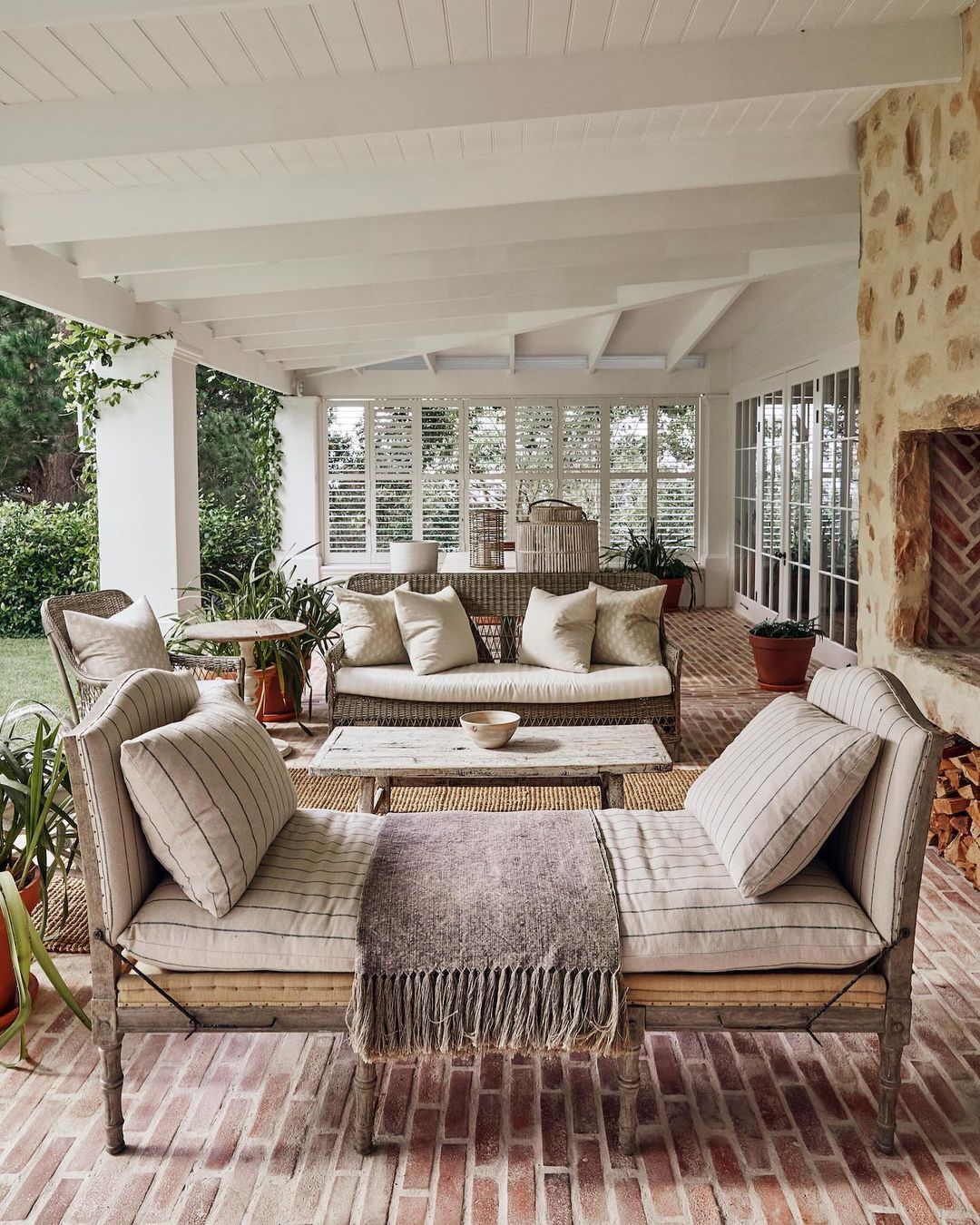 Image by gregory.mellor.design
Image by gregory.mellor.design
What is Veranda?
A veranda is a covered outdoor living area that is typically attached to the front, side, or back of a house, providing a sheltered space to enjoy the outdoors while being protected from the elements. Often featuring railings and columns, verandas are open on the sides and usually wrap around part or all of the home.
They’re designed to be an extension of the living space, offering a transitional area between the indoors and the garden or yard. Verandas are perfect for lounging, entertaining, or simply relaxing, adding both functional and aesthetic appeal to a home.
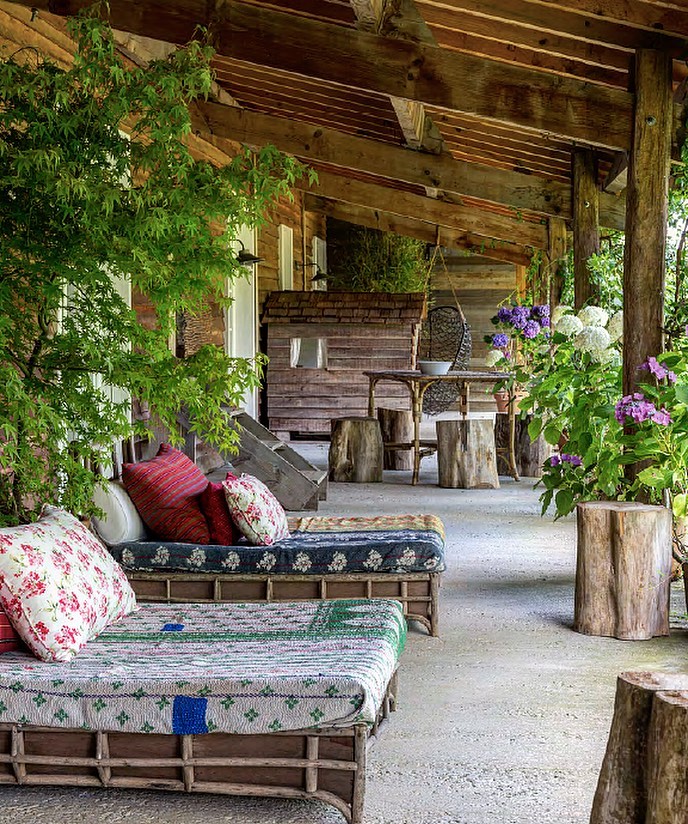 Image by vendomepress
Image by vendomepress
History Of Veranda
The history of the veranda is as fascinating as the structure itself, with its roots tracing back to colonial times. The word “veranda” comes from the Portuguese word “varanda,” spanish word “baranda”, meaning railing or balcony, but the concept became widely popular through British colonial architecture. In the 19th century, verandas became a defining feature of homes in tropical colonies like India, Australia, and the southern United States, where they provided a cool, shaded outdoor space to escape the heat.
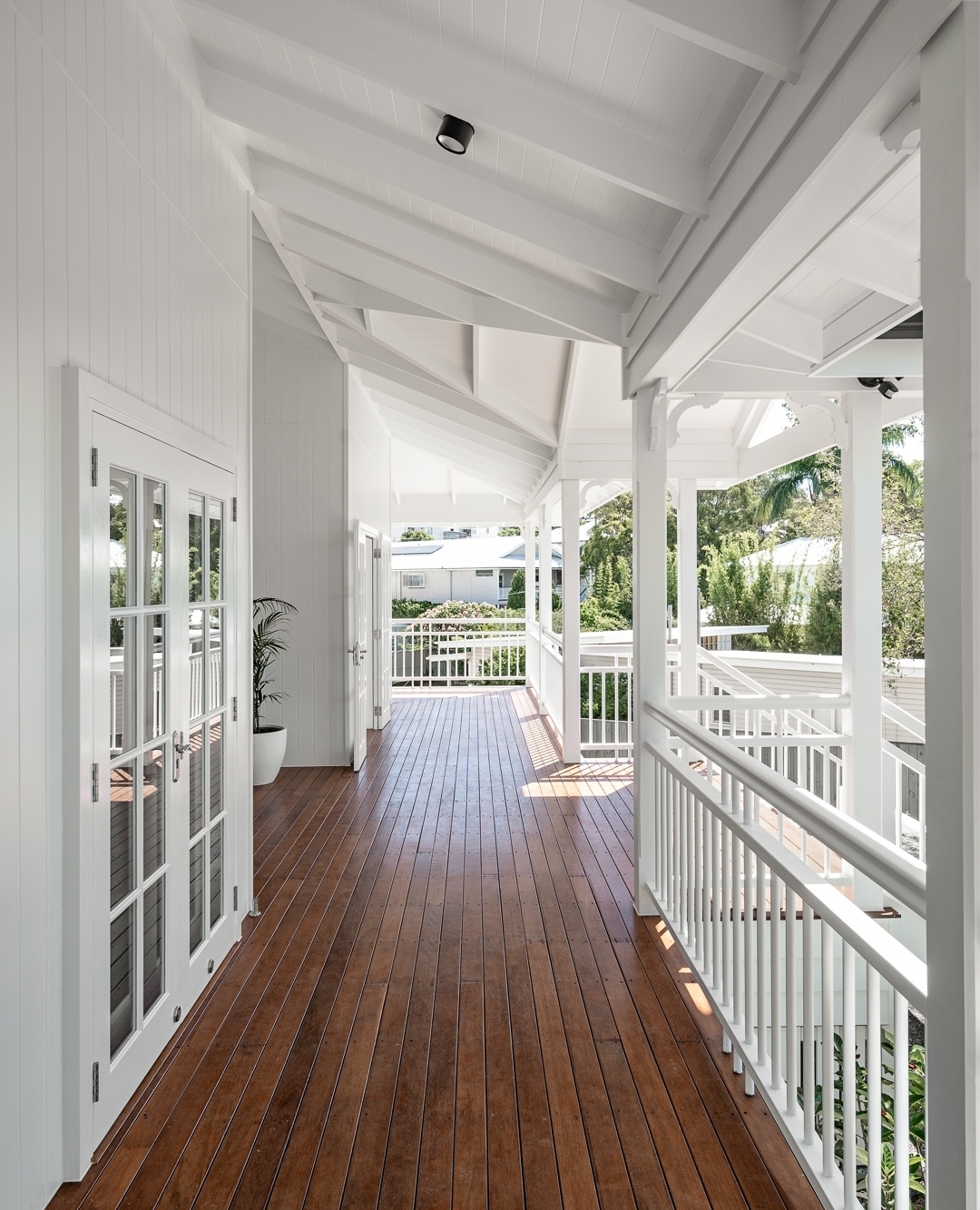 Image by saundersbuildingcompany
Image by saundersbuildingcompany
In these regions, the veranda wasn’t just a place to relax—it served as a social hub, where people gathered to chat, enjoy tea, and take in the breeze during hot afternoons. The wide, open design allowed air to circulate, keeping homes cooler before air conditioning was ever a thing.
Over time, the veranda made its way into various architectural styles, from Victorian houses in England to colonial buildings and homes in the U.S. It became a symbol of leisurely outdoor living, offering a transitional space between the home and the garden. Today, verandas continue to evoke a sense of old-world charm while providing a practical and stylish outdoor extension to modern homes.
Amber Lewis, a California-inspired designer, shares, “Verandas are extensions of the home’s interior. I love designing these spaces with the same care as indoor rooms—think layered rugs, comfortable furniture, and lots of natural light.”
Key Characteristics of a Veranda
Here are the key characteristics of a veranda:
- Covered Roof: A veranda always has a roof or overhang, providing shade and shelter from rain, allowing it to be used year-round in various weather conditions.
- Attached to the House: It’s typically attached to the main structure of the house, often running along the front, back, or side. In some cases, it can wrap around multiple sides of the house.
- Open Sides: Verandas are open on at least one or more sides, allowing for airflow and a seamless connection to the outdoors. They often have railings or columns for support.
- Ground-Level or Elevated: While generally found on ground level, a veranda can also be slightly elevated, offering a platform with steps leading down to the garden or yard.
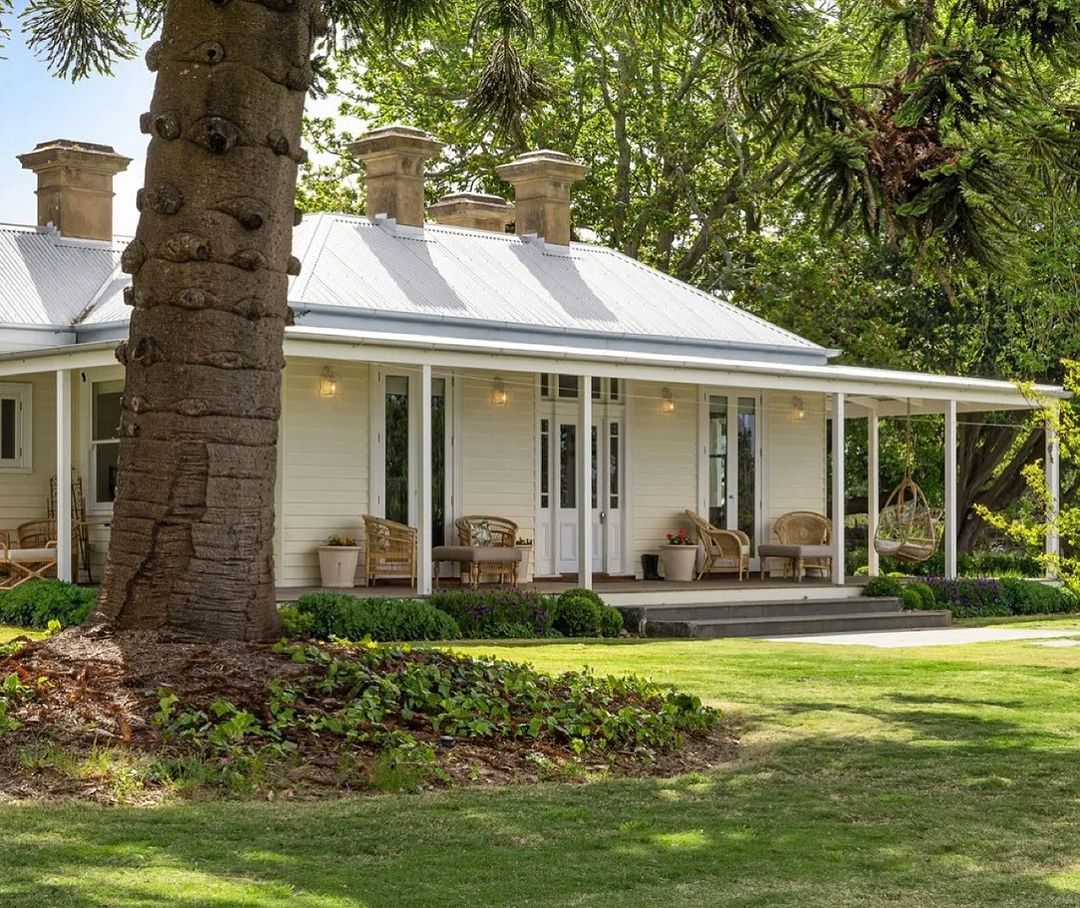 Image by coastalhamptonstyle
Image by coastalhamptonstyle
- Extends Living Space: Verandas function as an outdoor extension of the home’s living areas. They can be furnished with seating, dining spaces, or even outdoor kitchens to create an inviting space for relaxation or entertaining.
- Traditional or Contemporary Styles: Verandas are versatile and can complement various architectural styles, from classic Victorian homes to modern minimalist designs like glass walls.
- Built for Socializing: Historically and today, verandas serve as social spaces—whether it’s for family gatherings, tea, or simply relaxing and enjoying the view.
These characteristics make verandas a perfect blend of comfort and outdoor living, enhancing the charm and functionality of any home.
Justina Blakeney, founder of The Jungalow, emphasizes the importance of design details, saying, “Verandas are great spaces to add greenery, bold textiles, and natural textures. Whether you hang boho hammocks or add colorful rugs, it can quickly become a dreamy, outdoor escape.”
Read – 25 Beautiful Backyards With Covered Patios For A Dreamy Oasis
How a Veranda Differs From a Pergola or Porch?
While verandas, pergolas, and porches all enhance outdoor areas, they each have distinct features and serve different purposes. Here’s how they differ:
Veranda
- Structure: A veranda is a covered, roofed space that’s attached to the house and often wraps around part or all of it.
- Function: Verandas are designed as an extension of the home’s living area, providing both shelter and outdoor access. It’s perfect for lounging, socializing, or dining while staying protected from the elements.
- Style: Typically features railings and columns, often found in traditional homes but can suit modern designs too.
- Location: Runs along the front, side, or back of the house, at ground level or slightly elevated.
Pergola
- Outdoor Structure: A pergola is an open freestanding structure of beams or lattices, usually supported by columns or posts. It’s either freestanding or attached to the house, but it does not have a solid roof—just slats or an open structure that allows sunlight to filter through.
- Function: Pergolas offer partially enclosed shade but don’t provide full protection from rain. They’re often used as decorative features in gardens or over patios, and they can support climbing plants for added greenery.
- Style: Pergolas have a more open, airy design and are ideal for creating shaded walkways or garden focal points.
- Location: Can be freestanding in a garden or attached to the house, often placed over a patio or outdoor seating area.
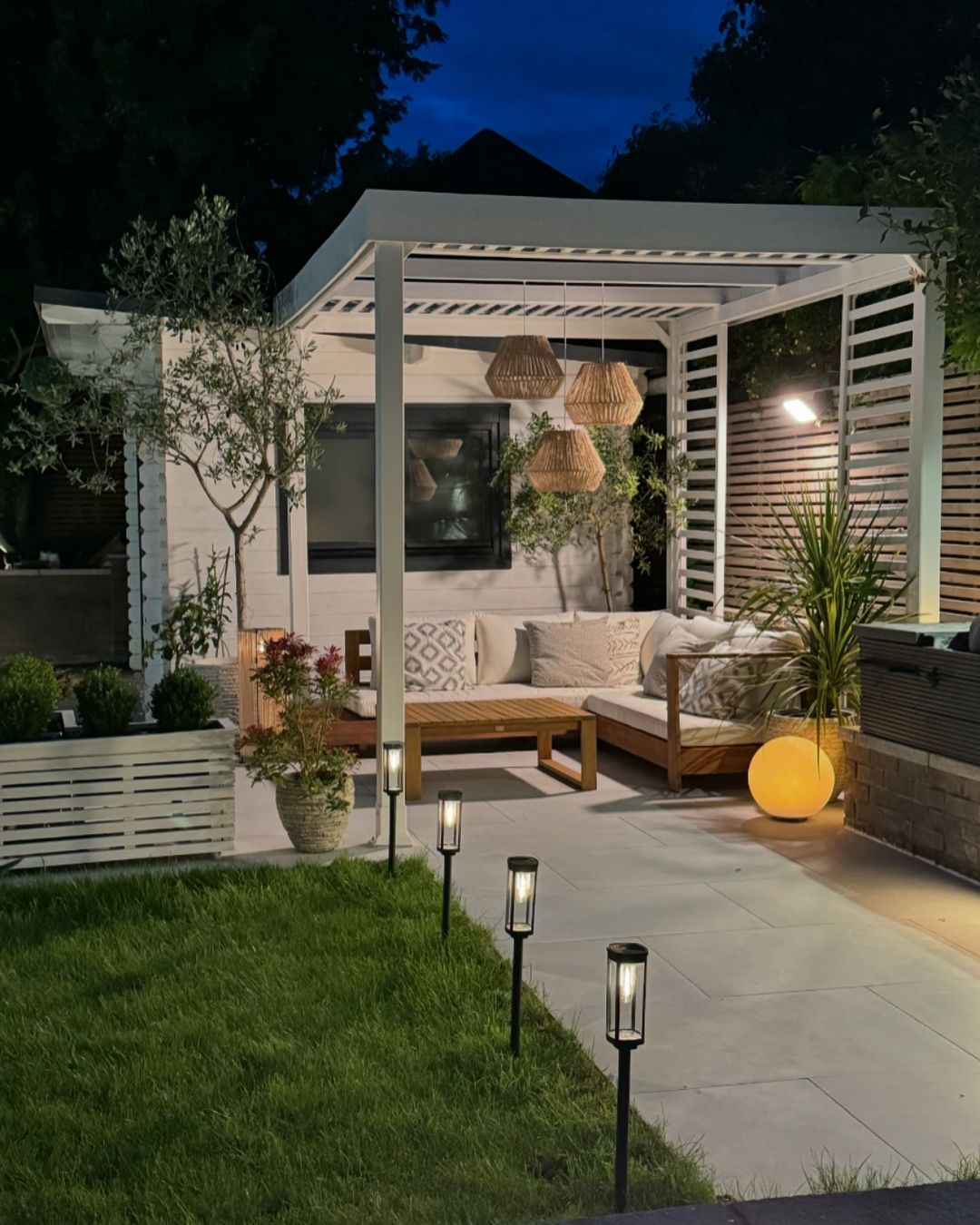 Image by ourhouseinlondon
Image by ourhouseinlondon
Porch
- Structure: A porch is a covered structure that’s attached to the front of the house, typically smaller and less elaborate than a veranda. It may have railings or be screened in, but it’s usually more enclosed.
- Function: Porches serve as a transitional space between the indoors and outdoors, offering a sheltered spot to greet visitors or relax. They’re typically used for seating or decoration.
- Style: Porches are often more simple in design, and their size and features depend on the home’s architecture.
- Location: Usually found at the front entrance of a home, providing a welcoming entryway.
Read – 25 Beautiful Fall Porch Decor Ideas You Will Love
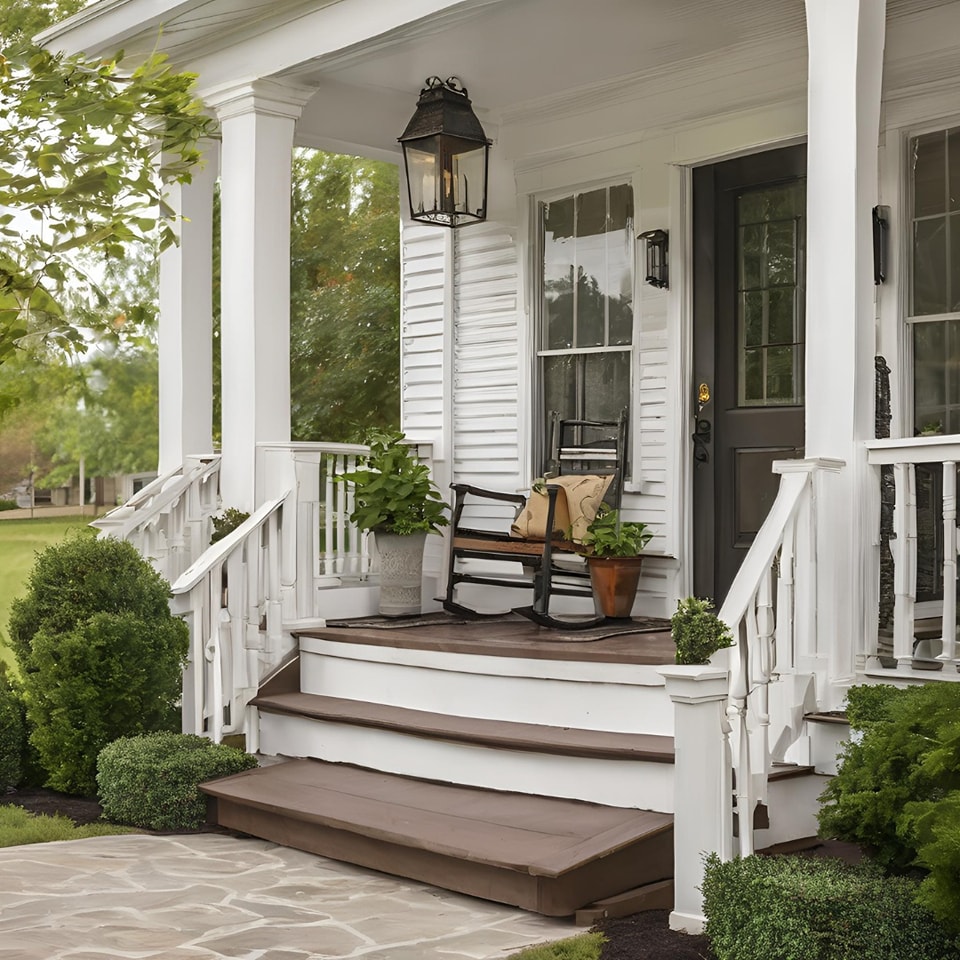 Image by scdecorum
Image by scdecorum
Rebecca Foster, an interiors journalist, notes that while not all porches typically cover only the front entrance, verandas provide a more expansive outdoor area. They are raised platforms that often extend the entire width of the house, making them a great option for those who want a versatile outdoor living space.
Key Differences:
- Veranda vs. Pergola: A veranda is fully covered and provides shelter, while a pergola is open and offers partial shade but not full protection from the elements.
- Veranda vs. Porch: A veranda is larger, often wraps around the house, and veranda extends the living area, while a porch is typically smaller and mainly serves as an entryway feature.
- Pergola vs. Porch: A pergola is freestanding or open-roofed, while a porch architectural style is more enclosed with a roof and often attached to the front of a home.
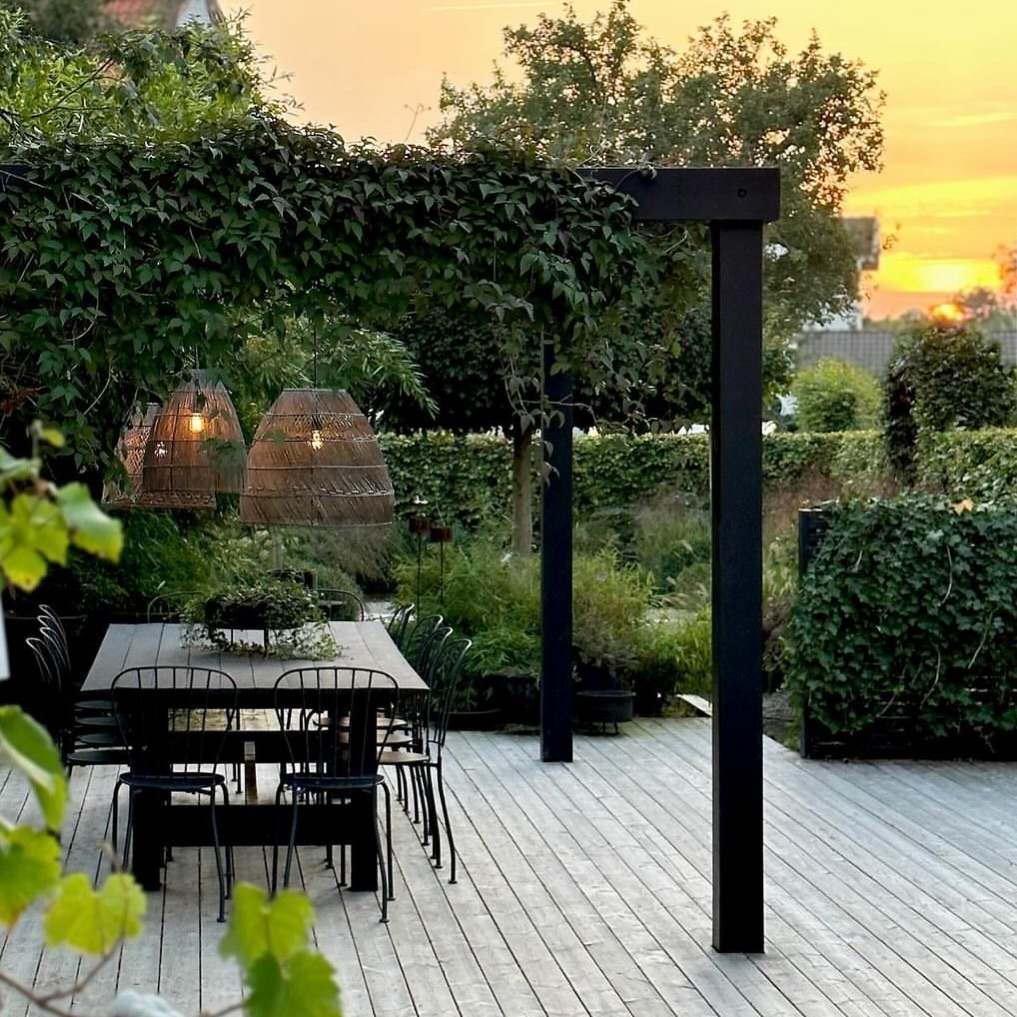 Image by villa.wessman
Image by villa.wessman
Each structure has its own charm and purpose, making them unique additions to outdoor spaces depending on the style and function you’re aiming for.
How Much Does It Cost to Add a Veranda?
If you’re dreaming of adding a history-rich veranda to your home, the cost can vary greatly depending on several factors like location, size, materials, and the level of detail you want. For a smaller, simpler veranda that sits along one side of your home, expect to pay between $5,000 and $12,000.
However, if you’re envisioning a larger veranda that wraps around multiple sides of the house and includes intricate detailing or high-end materials, the price can climb to $20,000 to $50,000. Opting for a more modest design can help you manage costs while still achieving a beautiful, functional outdoor space.
Read – 24 Most Beautiful and Chic Bohemian Patio Ideas You Will Love
